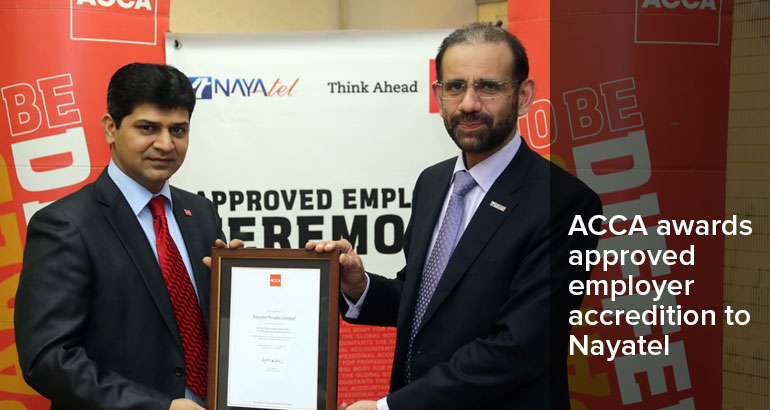ISLAMABAD (April 20, 2010) – The verification of invoices and cross-matching of reported sales and purchases within the entire supply chain is the biggest challenge being faced by the Federal Board of Revenue in the implementation of the Value Added Tax from next fiscal year.
In their budget proposals for 2010-11, tax experts of the Association of Chartered Certified Accountants (ACCA) proposed that a great challenge with a full VAT regime would be the verification process. Even with a moderate tax base of VAT at present tax administrators check returns only for accuracy, on the basis of reported information, but there is no systematic cross-checking of invoices outside the audit system.
The supporting documents are not lodged with returns but requested only in case of audit. For implementation of a full VAT regime, this task would be gigantic. Effective audit and strict penalties and fines for frauds and delinquencies should be in place, and this cannot be done in a paper based environment. Hence an electronic system to match documents with reported sales and for cross- matching of reported sales and purchases needs to be implemented to avoid misreporting.
According to a fair estimate, VAT, if fully implemented on goods and services (with exemptions for essential goods and services only), could add up to Rs 600 billion to tax revenues. Keeping this potential in view, the government plans to implement a full VAT regime for goods and services, with very few exemptions, from 1 July 2010.
Analysts said the federal excise duty (FED) should be eliminated from manufacturing activities to distinguish their products from imports, and that this measure be used for the promotion of local industry. They stated that a single rate, being easier to administer and less open to evasion, is one of the best practices in VAT countries. Out of 141 countries, 76 administer a single rate of VAT.
Multi-rates (on the assumption that there should be a low rate for goods and services consumed more by the poor) are discouraged because it is not always possible to differentiate between goods used by the poor and the rich, a differentiated rate structure brings with it problems of allocating products and services and interpreting the rules about which rate to use where; thus the administrative cost is increased. Cost of compliance by small firms increases, because it may be difficult or impossible for them to keep separate records for each item.
Nonetheless, a single rate is not always advisable in countries with extreme income disparities and ineffective systems of transfer payment. The regressively of VAT can be reduced by applying no tax or a low rate of tax to essential items such as food, medicine and clothes and applying high rates to luxury items. There is a need to abolish other taxes or merge them with VAT; for example, entertainment tax, and taxes on professions and trades, to reduce both administrative costs and the tax burden on businesses.
Exports should continue to be taxed at zero rate, so that businesses can claim input tax paid by them on these goods. Present multi-rates should be restricted to only two rates (standard rate and zero rate) to discourage tax arbitrage.
For successful implementation of VAT, all stakeholders need to be fully committed, otherwise the desired results will not be obtained and the economy might suffer. This is because VAT is in essence a self-assessment-based tax and no scheme of self- assessment and self-regulation can be successful unless all the stakeholders willingly participate in it, with clarity of role of each participant and in-built checks and balances.
Well-thought- out legislation is needed to avoid unnecessary litigation, and to prevent issuance of bogus refunds and unscrupulous adjustment of input taxes, ACCA experts added. The effective implementation of VAT depends upon the willing buy in of the business community and the public. Stakeholders' engagement and rectification of perceptions about the regressive nature and inflationary impacts of VAT will determine the success of VAT implementation in Pakistan. The success of VAT in different countries needs to be promoted.
The prime goals of VAT administration should be to promote voluntary compliance and increase VAT revenue by effective and efficient and economic processes. Identification of taxpayers, ensuring tax registration, processing of returns, carrying out tax audits, assessments and collection, properly administering credits and refunds are the main functional areas of tax administration. VAT education is essential both at the trader level and the customer level. The organisation of tax administration should move away from tax based to functional or taxpayer segmentation structures, they added.

